Did I mention (once or twice) that I was on BBC Radio 4 You & Yours last week to talk about sustainable interiors? It was a very short slot and I didn’t get to say many of the things I had prepared, one of which was that, as has been said before, fashion usually leads the way on interiors. In other words where the catwalk leads the cushions will follow. Now while this is broadly true, you can break it down even further – what starts out high end ends up on the high street.
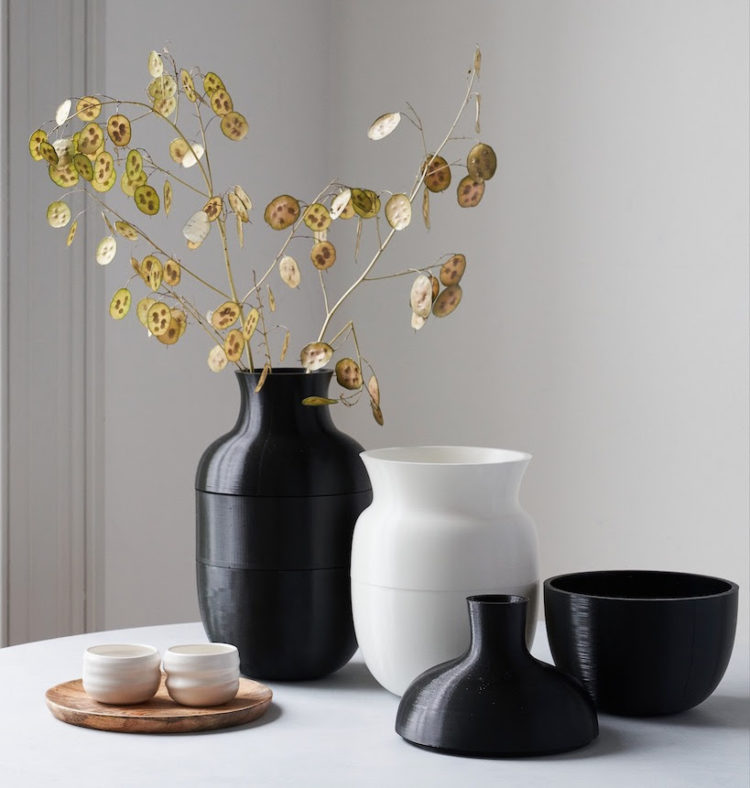
We’re all used to this in fashion where we are fed a seasonal dose of fashion weeks throughout the year which dominate instagram for a few days before the magazines distill it all into looks that we are supposed to want to wear six months later and then, just as we have forgotten about it, the high street shops are suddenly full of it and we remember where it started out.
It’s the same in interiors although it’s less obvious, partly because there is less coverage, but there are the equivalent of London, Paris and Milan fashion weeks. We have the London Design Festival, Maison et Objet and Salone de Mobile.
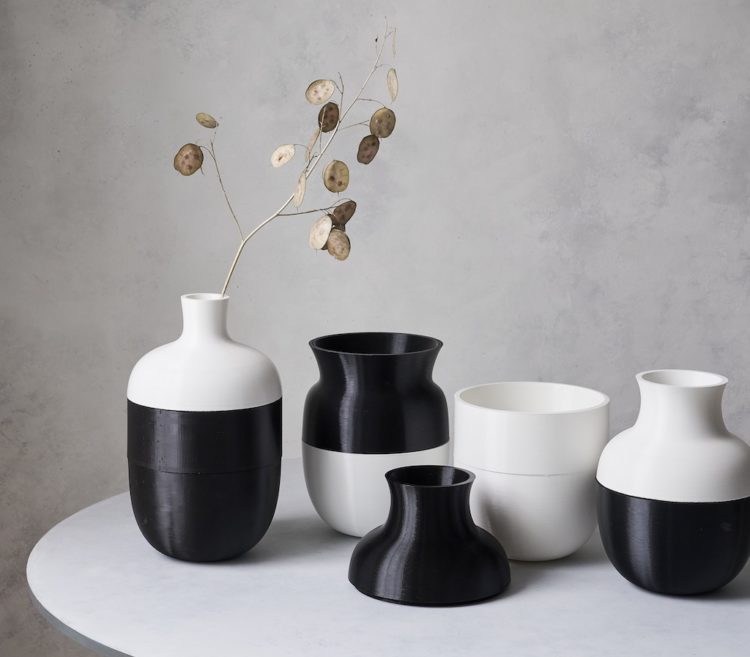
For many designers this is where they show off not only new products but also ideas. At LDF in September there was an emphasis on sustainability with products made from, among others, leftover blood products and cut-off jean legs as well as flooring from corn husks.
The products are usually limited edition and can be very expensive. And, just as with the fashion weeks, not all of them will actually go into production. It’s about the idea as much as the item.
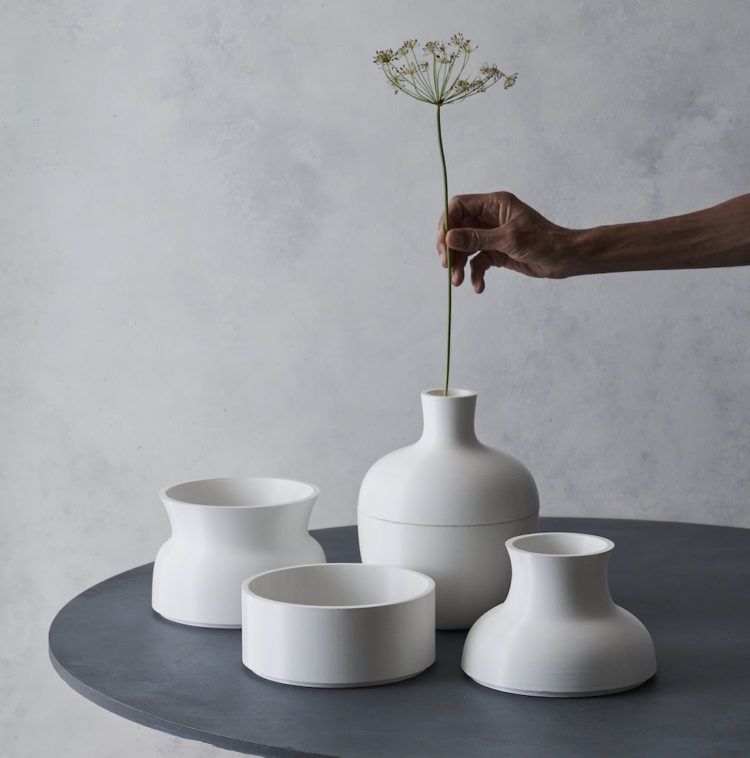
But that’s not to underestimate the value of these things. Because as the high street imitates high fashion so, one can hope, these ideas will filter down (in price as well) so that clever and sustainable ideas will become the norm for many more of us. It’s not about copying products but about developing ideas and materials to make them more available.
We need sustainable interior design to become more affordable, to involve less effort – because otherwise it won’t become mainstream.
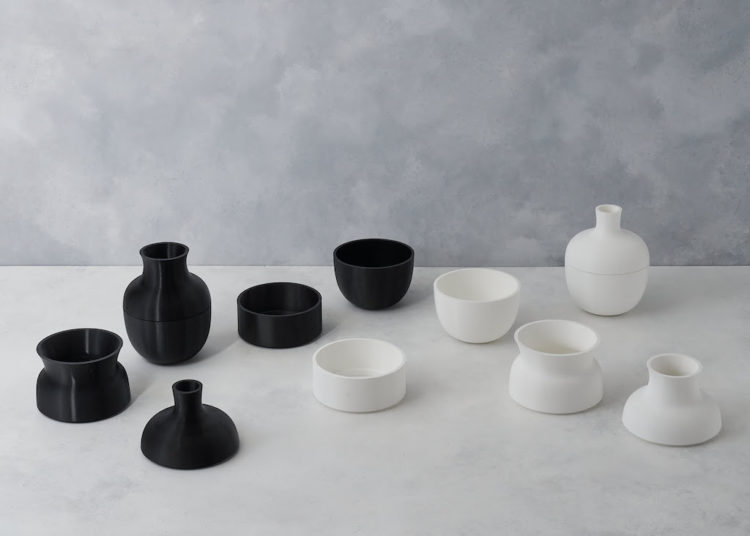
And so I wanted to show you today’s Object of Design (remember when I used to post this almost daily until it felt wrong to post about shopping every day). The alp vase 505 is made from waste plastic that is 3D printed to create five pieces that can be configured several different ways to create six different vases. You can buy all black or all white or a mix of the two.
They are made from a mix of commercial and household waste and yes it costs £290. But, as I said, designers like Annick Petersen are invaluable because we need designers like her to look at using waste products in new and beautiful ways so that sustainable design and using waste as a material becomes more widespread and more normal. This needs to be our new normal.
If you want a vase then contact Annick through her website, each one is made to order – so as not to create more waste – and takes four to six weeks.
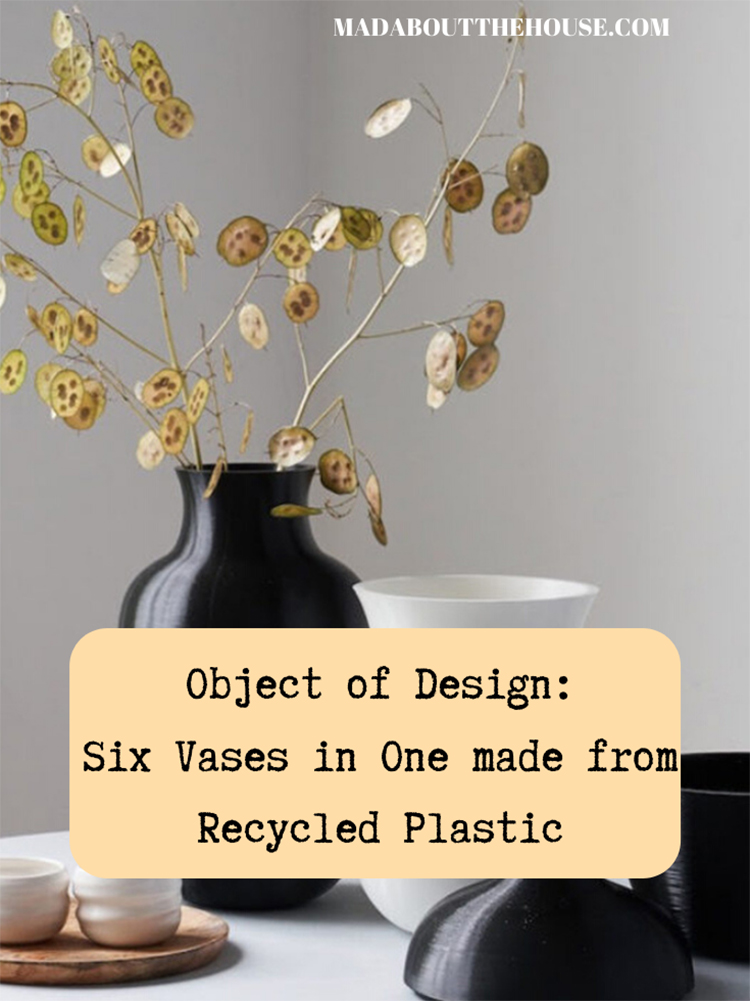


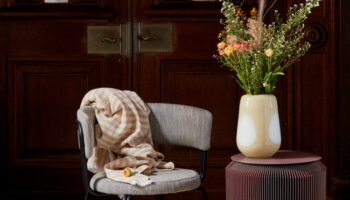
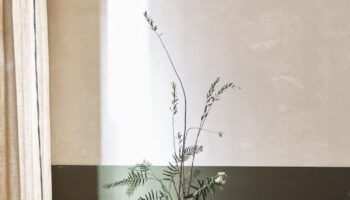
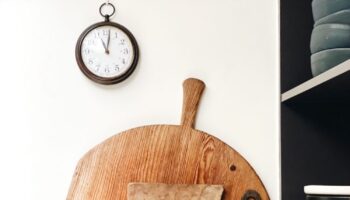
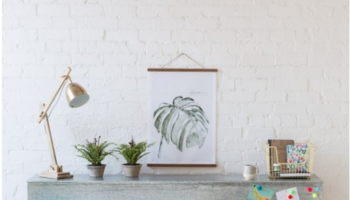
What a great post — “upcycling” is such a wonderful idea. Thanks for sharing!
Hello Kate,
Sorry to communicate on this forum but just wondering if your interior design consultancy services are no longer offered? I sent an email to your link but perhaps you didn’t receive it.